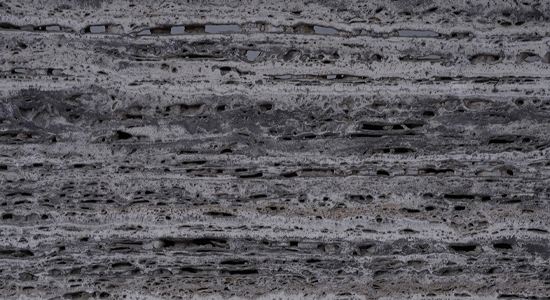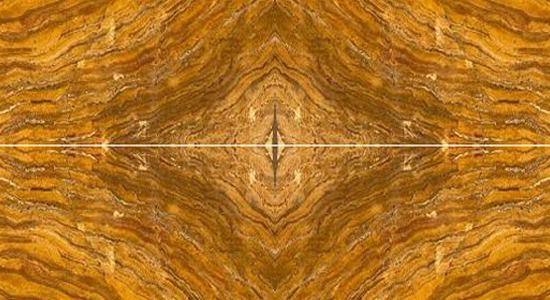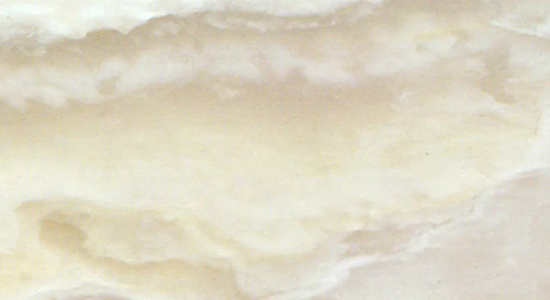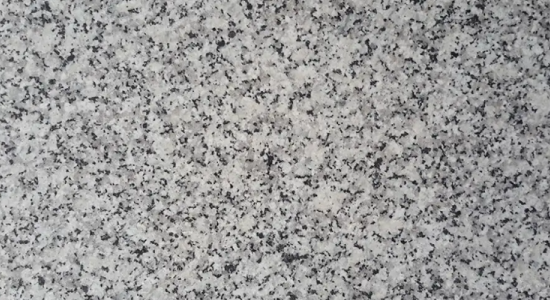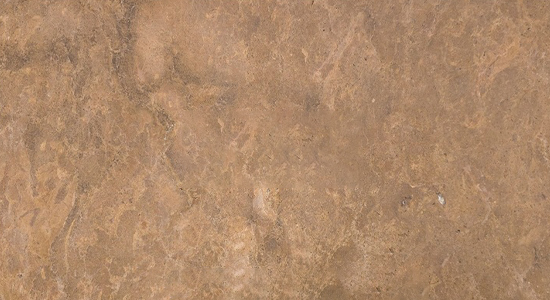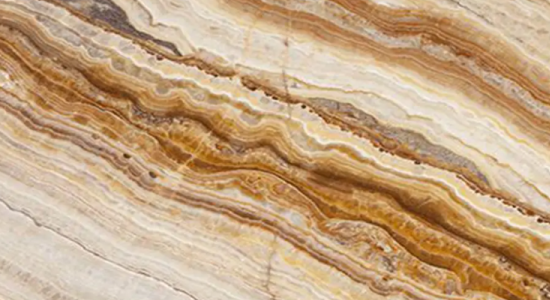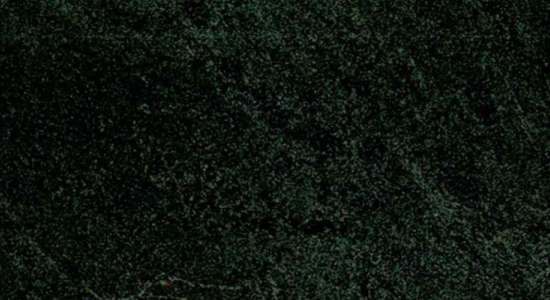Travertine is a type of sedimentary rock formed by the rapid precipitation of calcium carbonate (CaCO₃), typically in mineral-rich hot springs or limestone caves. It is classified as a variety of limestone but is distinguished by its unique fibrous or concentric appearance and the presence of natural voids or pores. Over time, the continuous flow of mineral water creates layered structures that give travertine its characteristic texture.
Travertine is commonly found in a range of warm, neutral tones such as ivory, beige, walnut, silver, and gold. These natural colors, often enhanced by subtle variations in pattern and shading, make travertine a popular choice in architectural and interior design. The presence of iron or other mineral impurities can influence the hue, creating rich and earthy aesthetics.
Physically, travertine has a hardness of approximately 3 to 4 on the Mohs scale, and a density that typically ranges from 2.3 to 2.6 grams per cubic centimeter. It features a porous surface with naturally occurring holes and troughs, which can be left unfilled for a rustic look or filled and polished for a smoother finish. Despite being softer and more porous than marble or granite, travertine is durable and long-lasting when properly treated and sealed.
Chemically, like limestone and marble, travertine is composed mainly of calcium carbonate and is reactive with acidic substances. This means it can be etched or stained by acidic foods or cleaners if not adequately protected. Therefore, sealing is essential, especially in areas exposed to moisture, spills, or environmental acids.
